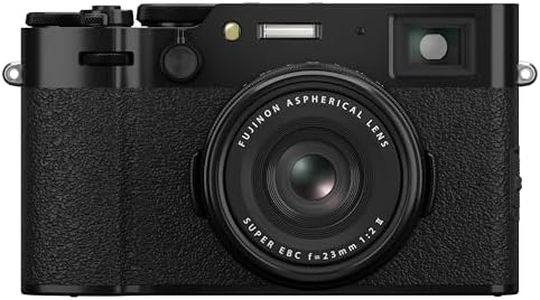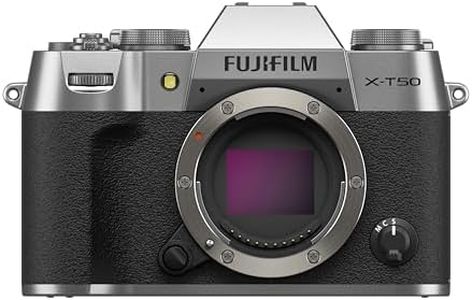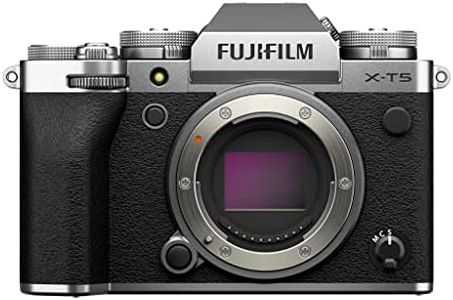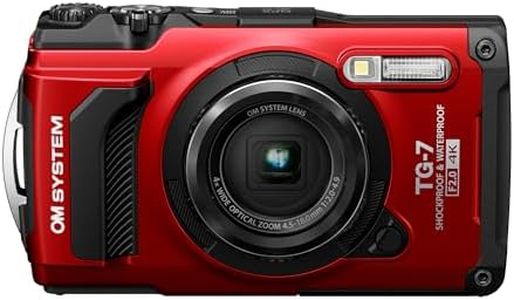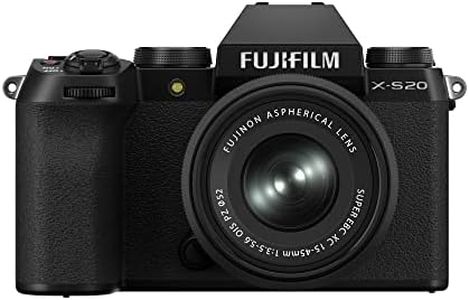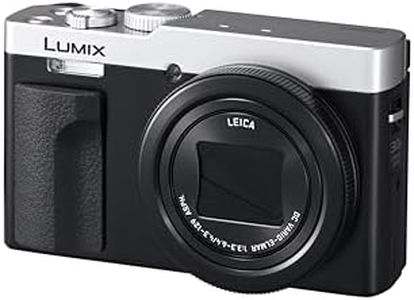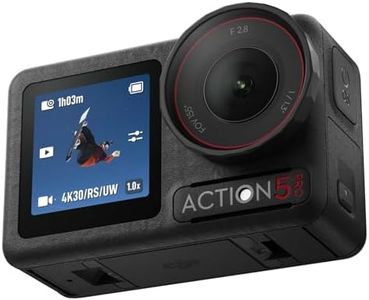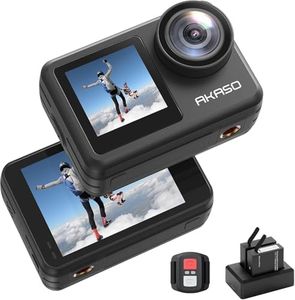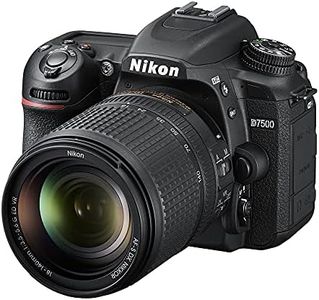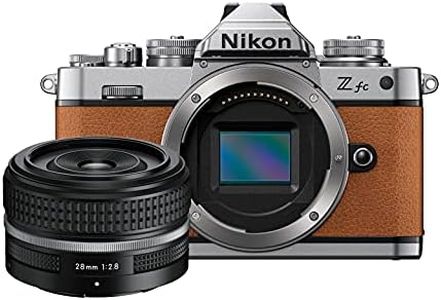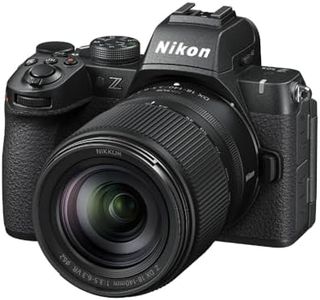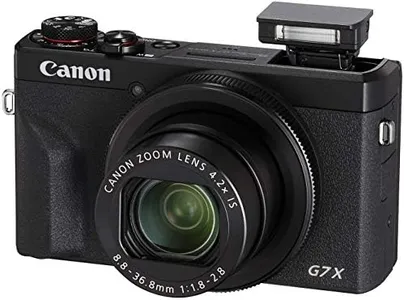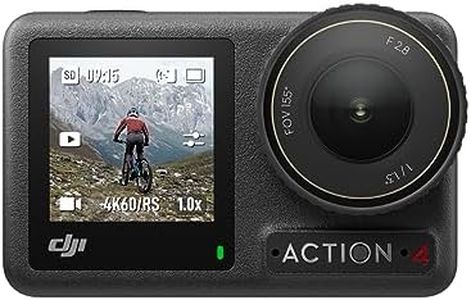We Use CookiesWe use cookies to enhance the security, performance,
functionality and for analytical and promotional activities. By continuing to browse this site you
are agreeing to our privacy policy
10 Best Vlogging Cameras
From leading brands and best sellers available on the web.Buying Guide for the Best Vlogging Cameras
Choosing the right vlogging camera is all about finding the best match for your style, content needs, and environment. Whether you vlog at home, on the street, or while traveling, it's smart to focus on key features that match your content creation habits. Think about where you'll shoot, how much you'll move, and how you want your videos to look. Understanding the most important specs will help you confidently pick a camera that supports your creativity and fits your lifestyle.Sensor SizeThe sensor is the part of the camera that captures light and turns it into an image. Sensor size affects how much light your camera can capture and how good your videos look, especially in low light. Small sensors are often found in compact cameras and are suitable if you need portability, but they may struggle in darker situations. Medium-sized sensors, like micro four thirds, offer a balance between size and image quality. Larger sensors, such as APS-C or full-frame, give the best performance, especially in dim environments and for creating background blur, but they make the camera bigger and heavier. Choose smaller sensors for lightweight travel and good light, and larger ones if you want a cinematic look and often shoot in different lighting.
Autofocus PerformanceAutofocus determines how quickly and accurately the camera keeps you in focus as you move. For vlogging, fast and reliable autofocus is important so your face stays sharp when you walk or gesture. Basic autofocus systems may hunt or lose focus during movement, which is fine for stationary shots. More advanced autofocus tracks faces and eyes, which is great if you are always moving around or recording surprises. If you vlog with lots of action or shifts in position, prioritize a camera known for reliable autofocus tracking.
Flip ScreenA flip screen is a display that rotates or flips out so you can see yourself while recording. This helps you frame your shots and check your appearance. Some cameras have screens that flip up, others to the side; both allow you to monitor your video easily. If you record yourself on your own, especially from different angles or in hard-to-reach places, having a flip screen is extremely helpful. Pick a camera with a flip screen if you will be the one in front of the camera most of the time.
Microphone InputA microphone input lets you plug in an external microphone for better audio quality. Built-in mics might pick up more noise or sound distant, while external mics bring your voice forward and reduce unwanted sounds. If you record indoors in quiet places, built-in mics may be enough, but for busy streets, interviews, or more professional sound, having a microphone input gives your videos a cleaner, clearer voice. Choose this if you want to control or upgrade your audio.
StabilizationStabilization helps smooth out shaky footage, especially when you move around or hold the camera in your hand. Cameras achieve this either inside the lens, inside the body, or digitally through software. Weak or no stabilization works if you film on a tripod or rarely move, but better stabilization is crucial for walking shots or action scenes to keep video from being jittery. Choose strong stabilization if you vlog while moving, traveling, or want handheld flexibility.
Video Resolution and Frame RateVideo resolution is how clear and detailed your video looks (like 1080p or 4K), while frame rate is how smooth it appears (like 30fps or 60fps). Basic vlogs look fine at 1080p and 30fps, but 4K gives you extra sharpness if people watch on big screens or if you want to crop your footage later. Higher frame rates like 60fps look smoother, which is good for action or slow motion. Pick higher settings if you want the most professional look, or use standard ones for everyday content and easier editing.
Portability and SizePortability means how easy it is to carry your camera. Lighter, smaller cameras are easy to take anywhere and use for spontaneous filming, while bigger ones are heavier but might offer more features or better quality. If your vlogs take you outdoors or on the go, a compact, lightweight camera keeps things simple. If you record mostly at home or value advanced features over compactness, a larger camera may work well for you.
